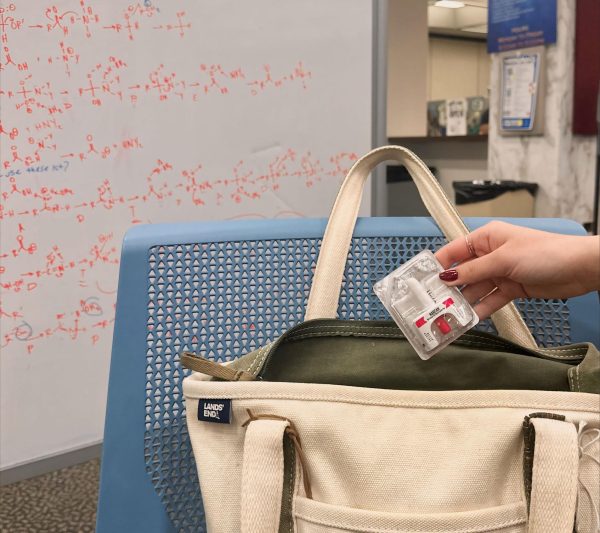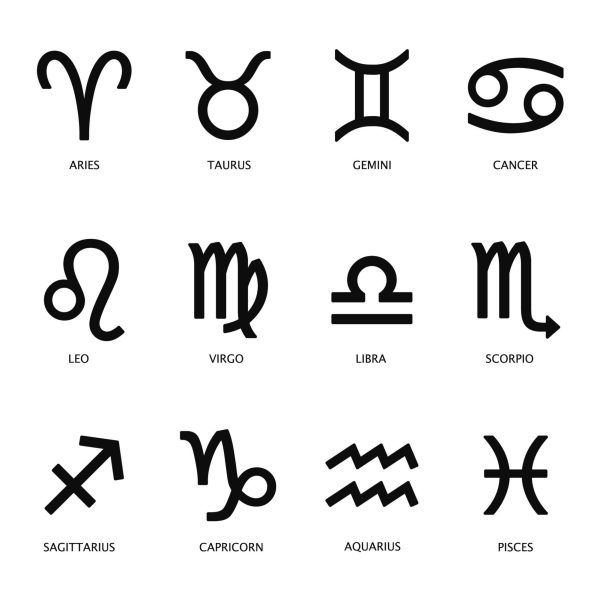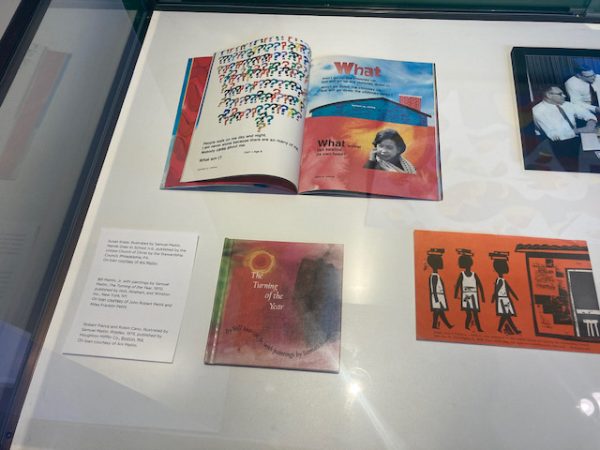A technological shift: new printing system

September 30, 2016
Imagine this: it’s the first week of school and your professor is excitedly filling you in on the big assignments and little details of your class this semester when you suddenly realize that you haven’t printed out the syllabus for the class yet You remember briefly looking at the amount of assignments you’ll have to do on the syllabus uploaded to Blackboard, but you completely forgot to go to the library to print out the holy grail of college courses. After being dismissed, you rush to the nearest printing location you can think of, plop yourself down at a desktop computer, find your syllabus—the seconds cutting deeper into you with every twitch of your digital watch—and click the “print” button with a sigh of sweet relief. All of a sudden, a window pops up, “Please enter your Villanova username and password.” What could this be? You hesitantly enter your username and step up to the printers to find (gasp) that there is no longer a podium to select your username from! Nervously, you inch your way to the printers—luckily still in the same place as last year—and see a small ID scanner, uncannily similar to those in Café Nova and Belle Air. After you scan your Wildcard and print your syllabus, your heart fills with peace and you can breathe again. Now, suppose you could have sent your print job to any University printer from your laptop the day before. This system is the new way to print, the cool way. This is Pharos.
The lack of printing podiums isn’t the only difference with the mass implementation of the Pharos system. In addition to the “tap and go” method of printing, Pharos allows students to print from their laptops. By logging onto vprintmobile.villanova.edu or downloading the vprint system to any phone or laptop, students can now print to University printers from anywhere.
Once you press print, you have 24 hours to print your documents from any University printer. The “tap and go” function also makes printing more secure, because instead of seeing anyone’s print jobs at a printing podium, you are only allowed to view your own print jobs.
After speaking to the Director and Assistant Director of UNIT, it became clear that Pharos is not new to the University. The system has been used in the Law School for years, therefore the University had been running two different systems, GoPrint and Pharos, at the same time. UNIT found that, within the same time period, there were 14 outages and issues with GoPrint, while there was only one incident with Pharos.
Pharos is recognized as a higher end system than GoPrint among other universities. Villanova’s decision to turn toward Pharos was largely based on of the successes of the system in colleges including Seton Hall University, Albright College and Alvernia University.
UNIT has been introducing more high-end and efficient technologies to the University overall in the last few years. Jill Morrison, the Director of University Information Systems, explained that UNIT has “embraced the cloud and mobile technologies for the students” to adapt to the changing of the students’ needs. About four years ago, each student had two network-connected devices on them at all times. That number is now five. With the changing of times, UNIT has had to make improvements to its services and capabilities. UNIT now offers services to help students properly configure their phones and use cloud services.
According to Nick Bruns, Assistant Director of UNIT Technology Support Services, the network infrastructure throughout campus has also been improved. “Especially on South and Main, we’re putting out a high-bandwidth wireless signal, and we’re still making improvements. West is the next area for UNIT to hit with that,” Bruns said. UNIT is making it possible for more students to get better wireless service.
The question remains of what technologies are to come, especially with the new development of Route 30 housing. As technology becomes more prevalent and necessary in the lives of the students, the necessity of improvements and changes of technology services is clear. Although it is difficult to see what new developments will come, UNIT’s technological improvements now and in the future aim to make things more convenient for the students.
Whether it is printing, network connectivity or otherwise, the University aims to make life easier for the students. So maybe you’re resistant to the change in printing systems, but the technology-driven society that we live in today and UNIT’s approach to address it show that changes in technology are not something about which to be hesitant.
The implementation of Pharos and other IT improvements are made to benefit the students. As technology improves in our society and on campus, the only thing we can do is accept the changes and be proud of the changes that the University is implementing to take our focus off of technological failures and onto everything else important in our lives.











